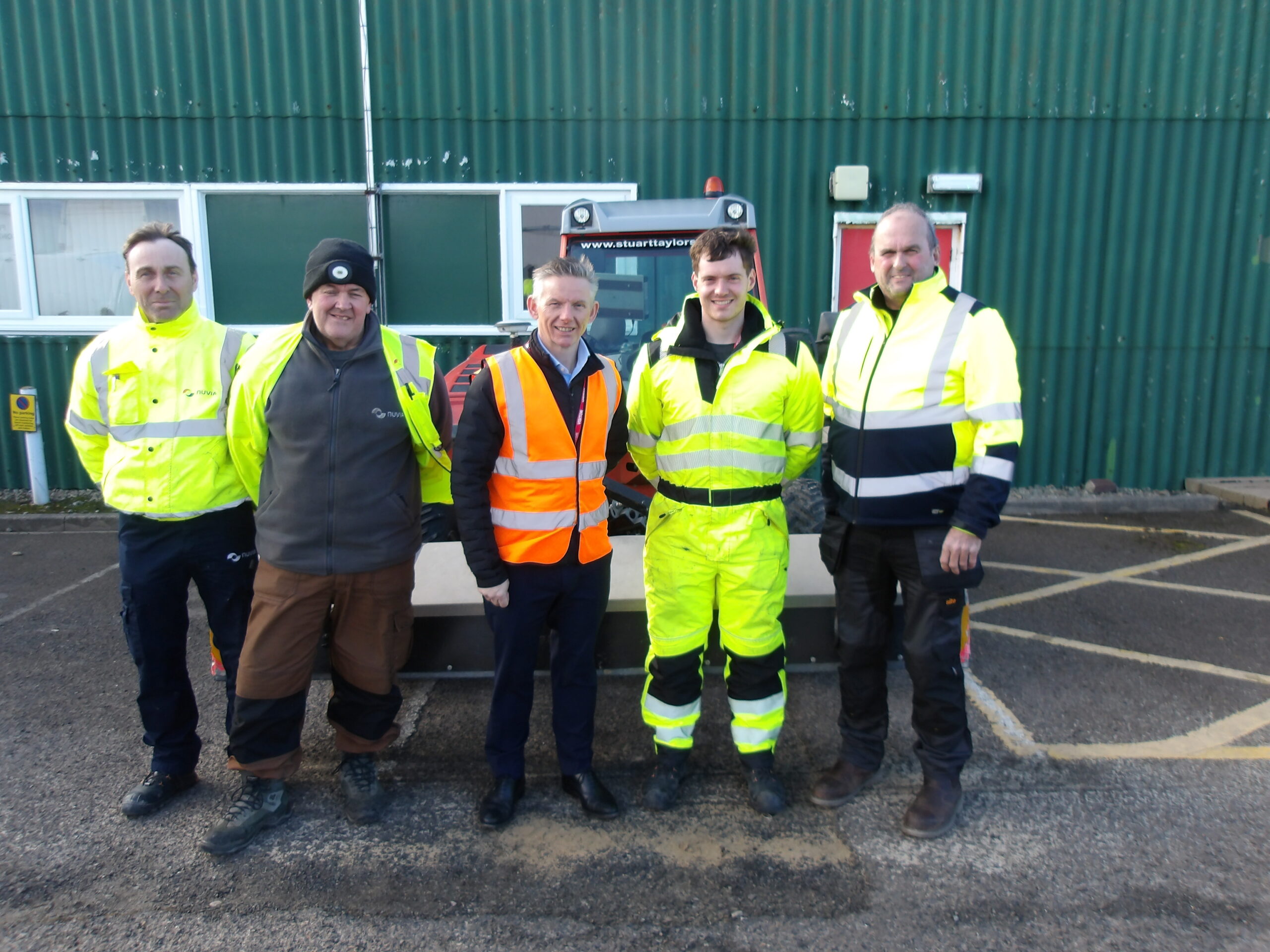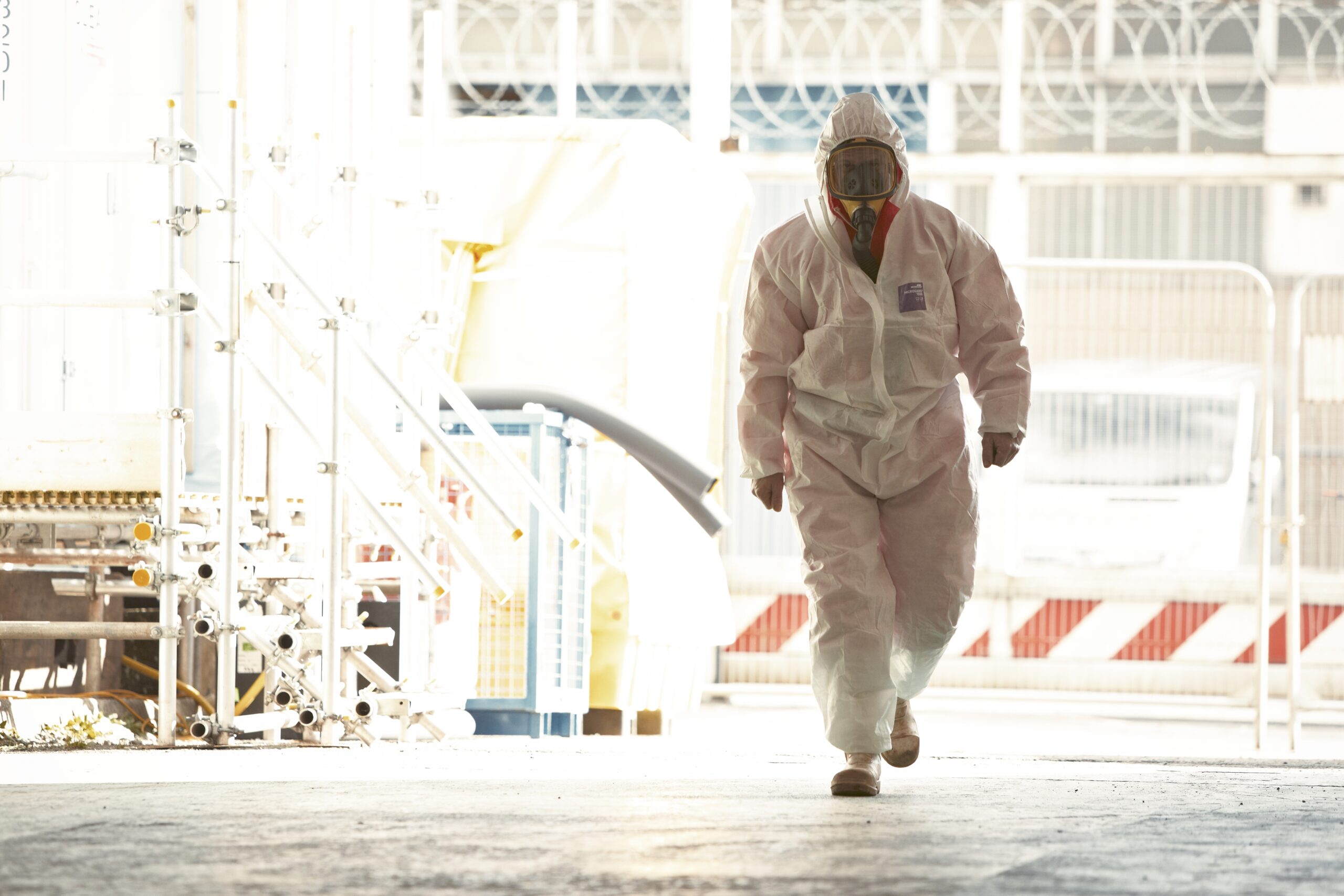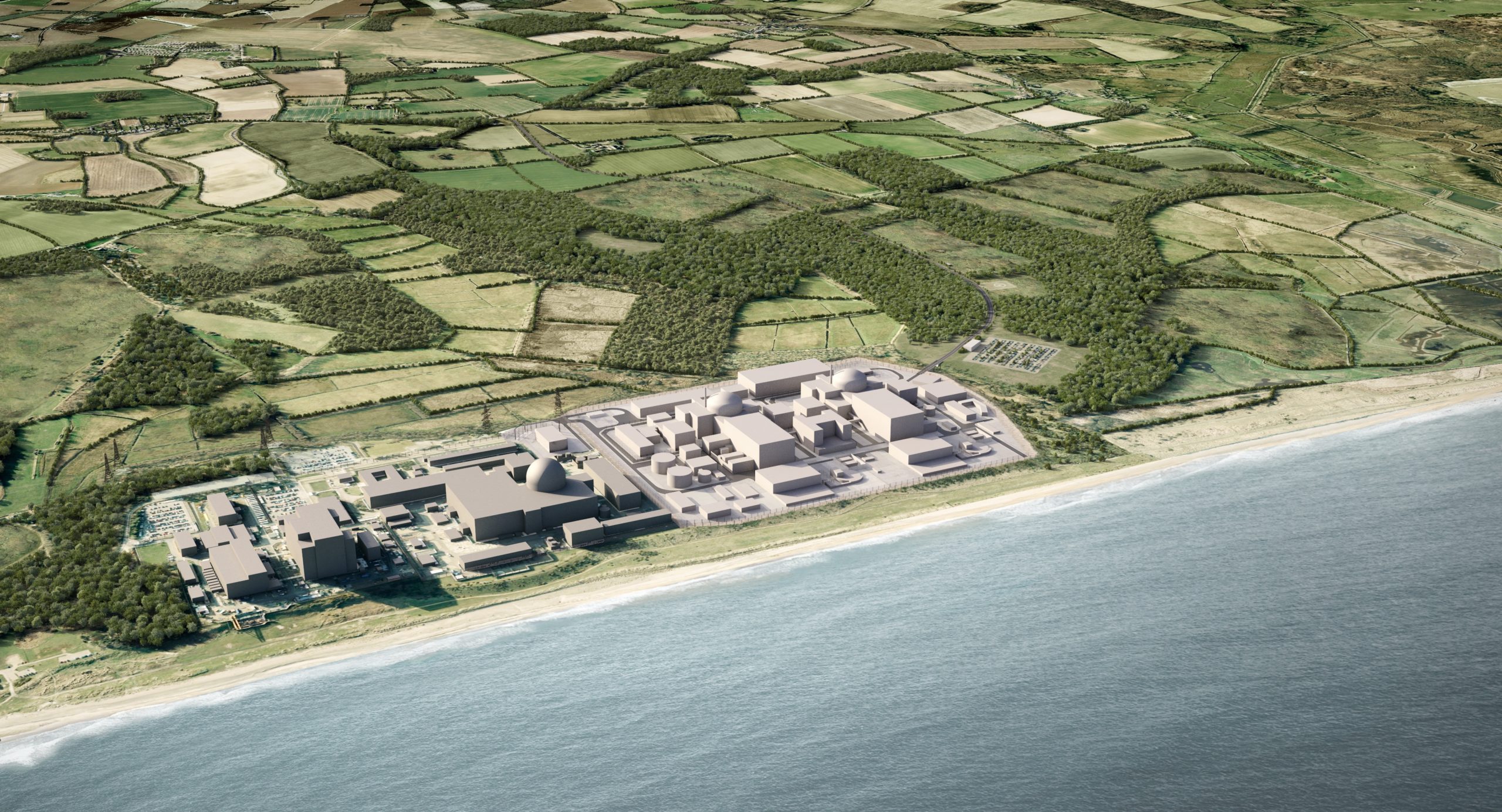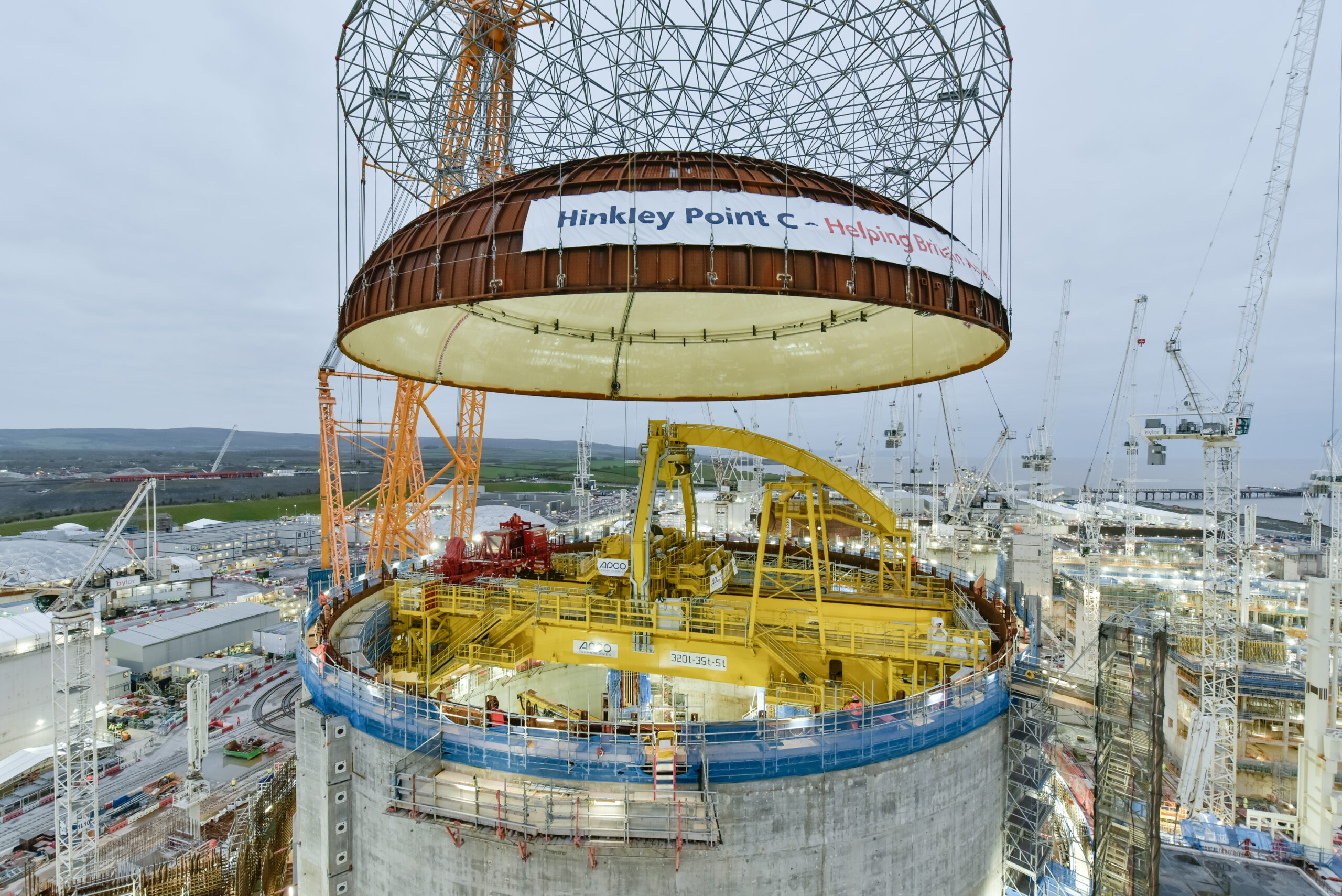- Nuclear power output grew in 2022 thanks to £450 million investment and maintenance in nuclear fleet, despite two plants retiring
- Stations avoided 9 billion cubic metres of gas burning, saving 15 million tonnes of CO2 emissions, worth £1 billion at current carbon prices
- Nuclear continues to be cost competitive with price of power significantly below the market average
New figures show that the UK’s nuclear fleet made a significant contribution to energy security and net zero goals in 2022, with an increase in power output reducing gas imports and making colossal carbon savings. EDF Group results, published today, show, that despite two nuclear stations retiring, the fleet delivered 43.6 TWh of clean power last year, helping to avoid the burning of 9 billion cubic metres of gas, and from emitting 15 million tonnes of CO2 emissions, worth more than £1 billion at today’s carbon price.
Last year, £450 million was invested in the existing fleet, of which, five stations remain; Heysham I and II, Hartlepool, Torness (AGR fleet) and Sizewell B. Hinkley Point B and Hunterston B both retired in 2022 after 46 years of service. Over the next three years, across 2023 – 2025, £1 billion is to be spent helping to maintain output levels, to improve UK energy security and help meet de-carbonisation targets.
Through investments totalling £7 billion since 2009, an extra 30% of output has been obtained from the current fleet – more than 150 TWh; enough to supply all UK homes for over a year. The current AGR stations would have retired this year without that investment. Their continued operation has saved 60 million tonnes of CO2 emissions, worth £4.1 billion at current carbon prices, and displaced 31 billion cubic metres of gas.
Nuclear power produced from the UK’s five stations remains one of the cheapest sources of electricity on the grid. They provide power well below the market average price, which has been driven to record levels due to volatile international gas markets.
Nuclear remains the only weather proof energy source providing low-carbon baseload power, achieving a load factor of 77% in 2022, the highest by far of any electricity source in the UK.
Tom Greatrex, Chief Executive of the Nuclear Industry Association, said,
“Our nuclear power stations continue to cut gas use and cut carbon, a testament to the skill and ingenuity of our nuclear workforce. The fleet is a cornerstone of our energy security, keeping the lights on and getting us toward net zero.
“But as stations retire this decade, it’s important that the ramp up of new nuclear projects set out by the government is realised, so we don’t fall behind other countries in delivering on vital energy and climate targets.”
-ENDS-
Notes to editors
- EDF Group’s full results can be accessed here.
- The UK has five generating nuclear power stations, providing around 16% of the country’s electricity from 5.9 GW of capacity.
- Two stations will retire by March 2024, and all but one will retire by March 2028.
- Nuclear has saved the UK 2.3 billion tonnes of carbon emissions, far more than any other source. The saving is equivalent to all UK emissions from 2015 through 2020.
About the Nuclear Industry Association
As the trade association for the civil nuclear industry in the UK, the Nuclear Industry Association represents more than 250 companies across the UK’s nuclear supply chain.
Links
Visit our website: https://www.niauk.org/
Follow the NIA on Twitter @NIAUK and LinkedIn
For further information, please contact:
Iolo James
[email protected]
0751710802











